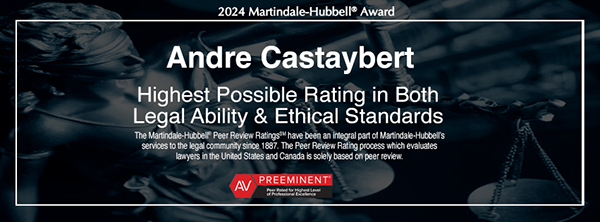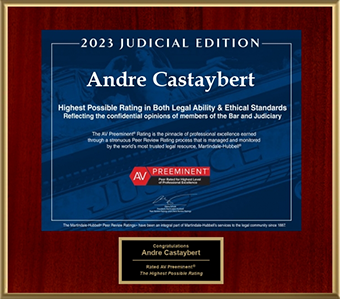Insights & Tips
The Supplemental Register is reserved for designations which are deemed to be capable of serving a trademark function, but which do not yet do so, such as descriptive marks and marks which are primarily merely surnames.
The Principal Register is the primary register in the United States. Only marks that are distinctive, or have acquired distinctiveness may be registered on the Principal Register.
The United States Patent and Trademark Office (“PTO”) issues federal trademark registrations after a detailed application process. Specific information on the trademark application process, including downloadable and electronic application forms, can b …
A simple or initial search may include a basic search of trademark directories, or the use of online trademark search systems that contain federal and state trademark registration information. This type of search may reveal quickly and inexpensively wh …
Trademark availability searches can be performed in various ways and in varying degrees of complexity and comprehensiveness.
There is no requirement that a trademark availability search be performed before the adoption of a trademark or the filing of a trademark application. Notwithstanding the foregoing, performing a trademark availability search is a reasonable and prudent …
Trademarks are commercial symbols of source or quality. A copyright is a property right in an original work of authorship that is fixed in a tangible medium of expression. This right extends to items such as literary works, dramatic works, musical comp …
The filing of state trademark or service mark registration is a relatively simple and inexpensive matter. Moreover, a state trademark registration can often be obtained even in the case of a relatively nondistinctive mark. Although state registrations …
Yes. The ownership of a trademark registration is not a prerequisite for filing a trademark infringement action. If the trademark has been used in a way that has created a public association between the mark and the products or services, the owner of t …
In the United States, trademark rights are acquired through use of the mark on or in connection with the goods or services. While registration of the mark usually provides substantive and procedural benefits to the trademark owner, trademark rights are …
While the word “trademark” is commonly used broadly to describe all “marks” there are actually several different kinds of marks that are protected under the law: trademarks, service marks, certification marks and collective marks. A trademark is used t …
Under the doctrine of fair use, even where a word or phrase has acquired secondary meaning, it can retain its original primary meaning in English, if any. Such marks can still be used freely when they are used in their original sense and not in a misle …







